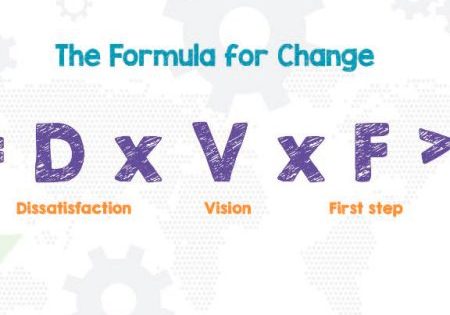Book is a great read aimed at inspiring young engineers.
This edition of ELEVATOR WORLD UK focuses on Training & Education. It was therefore more than appropriate when a copy of Engineering Design landed on my desk to review. The book, authored by Adams, Reynolds and Valentine, is a Cambridge National level 1/2 book and endorsed by the Oxford, Cambridge and RSA boards.
You may well recognise at least one of the authors, Jonathan Adams, as one of our own. He graduated from the University of Bradford in 1990 with a B.Eng. degree in Electrical and Electronic Engineering, holds a PhD in Engineering Education and is a chartered engineer. His industrial background is in the lift industry, where he spent nearly 10 years. For the past 30 years, he has been employed at the University of Northampton (UoN), specialising in distance-learning education for the lift industry. He is currently head of technology. He is also a teaching fellow of UoN, home to lift- and escalator-related courses. In his early career, he started as a technician apprentice with Express Lift Co. Following a spell as an undergraduate apprentice, he became a research engineer with the company. I am afraid I don’t know Alex Reynolds or Peter Valentine the way I know Jonathan Adams but, between them, they have created a great document.
The book is published by Hodder Education (ISBN 978 1 5104 8139 8) and is well worth a read, especially if you have an interest in the design side of our industry and/or you have an interest in young people coming into the industry on the design side.
The Cambridge National in Engineering Design helps students understand the processes of engineering design and how market requirements inform client briefs. Through practical activities, they develop skills in computer modelling and model making and learn how to communicate design ideas effectively.
The course content is as follows:
- R105: Design briefs, design specifications and user requirements. Students explore the requirements of design briefs and specifications for the development of new products and how consumer requirements and market opportunities inform these briefs. They develop their understanding of the design cycle, the requirements for a design brief and design specifications, and the importance of research data in developing a design solution.
- R106: Product analysis and research. Students find out how to perform effective product analysis through both research and practical experience of product assembly and disassembly procedures. This helps them develop skills in critical analysis and an understanding and appreciation of manufacturing processes, design features, materials used and the principles behind good design.
There are also these optional modules:
- R107: Developing and presenting engineering designs. Students develop their knowledge and skills in communicating 2D- and 3D-design ideas, including effective annotation and labelling. They use detailed hand-rendering as well as computer-based presentation techniques and computer-aided design (CAD) software.
- R108: 3D design realisation. Students produce a model prototype and test design ideas in a practical context. They evaluate the prototype against the product specification and consider potential improvements to features, function, materials, aesthetics and ergonomics in the final product.
This book is well worth a read and a great tool to promote to young, aspiring engineers.
Get more of Elevator World. Sign up for our free e-newsletter.






